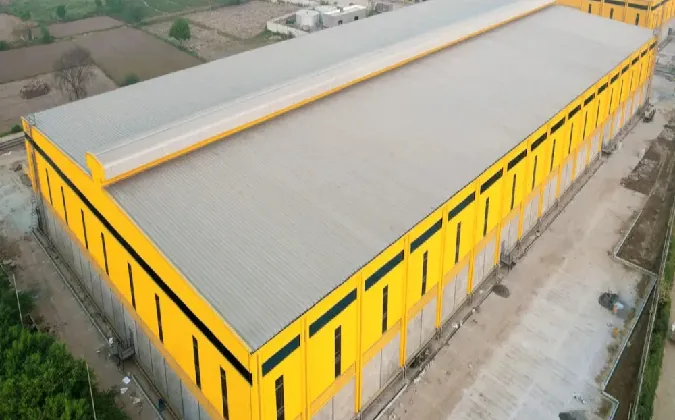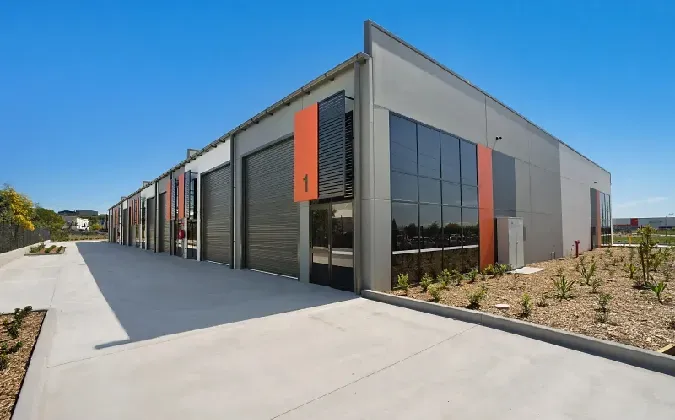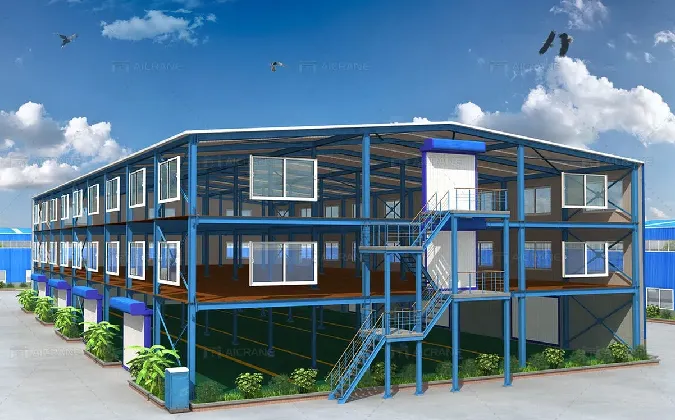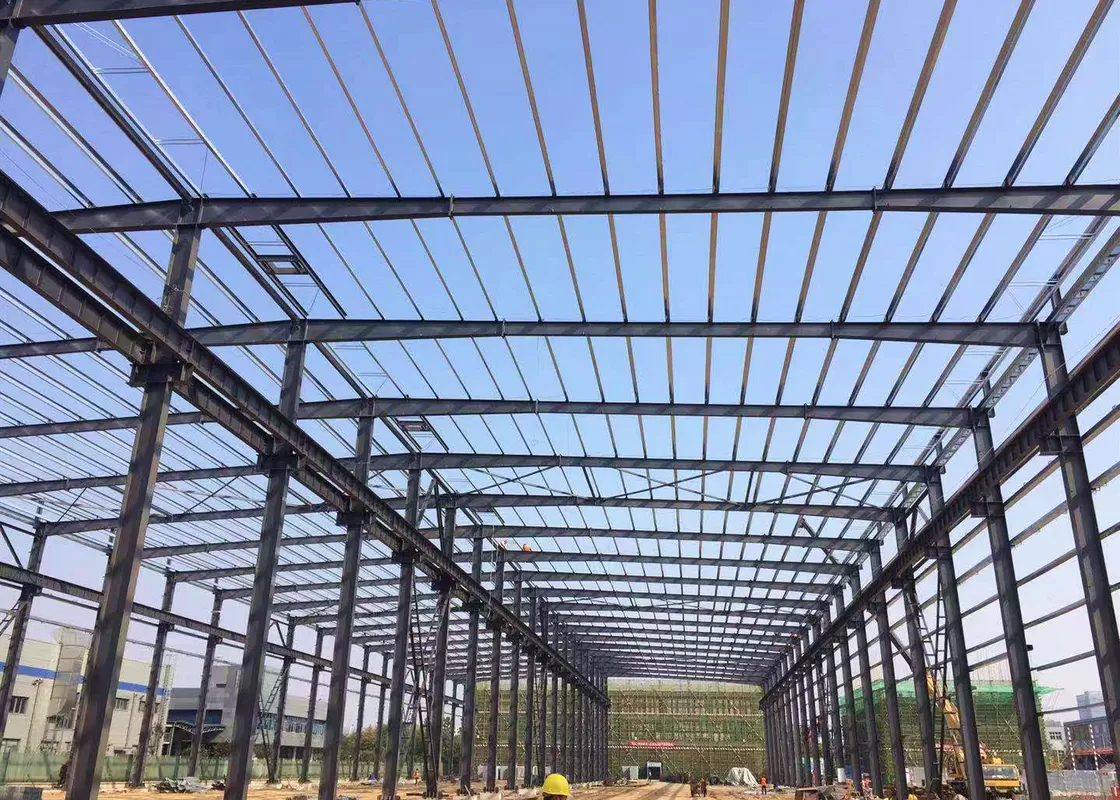- Afrikaans
- Albanian
- Amharic
- Arabic
- Armenian
- Azerbaijani
- Basque
- Belarusian
- Bengali
- Bosnian
- Bulgarian
- Catalan
- Cebuano
- Corsican
- Croatian
- Czech
- Danish
- Dutch
- English
- Esperanto
- Estonian
- Finnish
- French
- Frisian
- Galician
- Georgian
- German
- Greek
- Gujarati
- Haitian Creole
- hausa
- hawaiian
- Hebrew
- Hindi
- Miao
- Hungarian
- Icelandic
- igbo
- Indonesian
- irish
- Italian
- Japanese
- Javanese
- Kannada
- kazakh
- Khmer
- Rwandese
- Korean
- Kurdish
- Kyrgyz
- Lao
- Latin
- Latvian
- Lithuanian
- Luxembourgish
- Macedonian
- Malgashi
- Malay
- Malayalam
- Maltese
- Maori
- Marathi
- Mongolian
- Myanmar
- Nepali
- Norwegian
- Norwegian
- Occitan
- Pashto
- Persian
- Polish
- Portuguese
- Punjabi
- Romanian
- Russian
- Samoan
- Scottish Gaelic
- Serbian
- Sesotho
- Shona
- Sindhi
- Sinhala
- Slovak
- Slovenian
- Somali
- Spanish
- Sundanese
- Swahili
- Swedish
- Tagalog
- Tajik
- Tamil
- Tatar
- Telugu
- Thai
- Turkish
- Turkmen
- Ukrainian
- Urdu
- Uighur
- Uzbek
- Vietnamese
- Welsh
- Bantu
- Yiddish
- Yoruba
- Zulu
Oct . 04, 2024 16:53 Back to list
Steel Frame Construction A Modern Approach to Building
Steel frame construction has emerged as a leading technique in the realm of architectural design and engineering. This method, characterized by the use of steel columns, beams, and girders, plays a pivotal role in creating robust frameworks that support various structures, from commercial skyscrapers to residential buildings. The benefits of steel frame construction are manifold, leading to its growing popularity among architects, engineers, and builders worldwide.
One of the primary advantages of steel frame construction is its strength-to-weight ratio. Steel is significantly stronger than other traditional building materials, such as wood or concrete. This allows for the construction of taller buildings with wider spans, which enhances the aesthetic appeal and functional space of a structure. Because steel frames can support greater loads, architects are free to design more innovative and open interiors without the constraints posed by load-bearing walls.
Additionally, steel is a highly durable material resistant to many environmental factors. It can withstand extreme weather conditions, including high winds and heavy rain. Unlike wood, steel is not susceptible to rot, pests, or warping, ensuring that buildings maintain their structural integrity over time. This longevity translates to lower maintenance costs and greater safety for occupants, making steel frame construction an economically sound choice.
steel frame construction
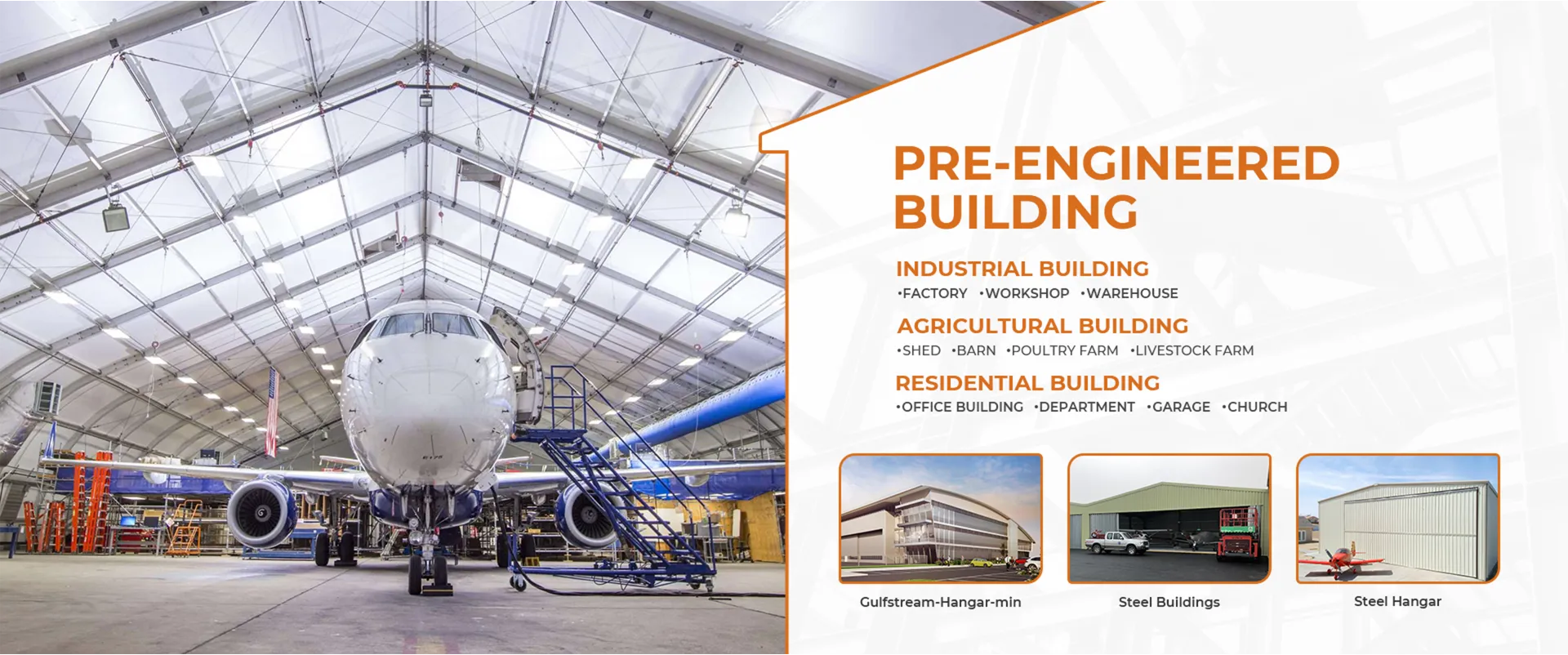
Another compelling factor is the speed of construction. Steel components are often prefabricated off-site, allowing for quicker assembly on-site. This reduces the time spent on construction projects and minimizes disruption to local communities. Moreover, the use of steel frames can also lead to more sustainable building practices. Steel is 100% recyclable, and using recycled steel reduces the demand for virgin materials, leading to a lower carbon footprint and promoting environmental sustainability.
Despite its advantages, it is essential to recognize a few challenges associated with steel frame construction. The initial cost of steel can be higher compared to other materials like wood. However, considering the long-term benefits and reduced maintenance costs, the overall investment often proves to be worthwhile. Additionally, effective fireproofing and corrosion resistance treatments are essential to ensure the safety and longevity of steel structures.
In conclusion, steel frame construction is a modern method that brings together strength, durability, and efficiency in the building process. Its ability to facilitate innovative architectural designs while offering practical benefits makes it a preferred choice in contemporary construction. As we move toward a more sustainable future, steel frame construction is likely to play an increasingly critical role in shaping our urban landscapes, demonstrating that it is not only a method of construction but a transformative approach to building for generations to come.
-
The Strength and Versatility of Industrial Metal Infrastructure
NewsAug.05,2025
-
The Landscape of Industrial Fabrication: Steel and Metal Factory Infrastructure
NewsAug.05,2025
-
Innovative Solutions for Industrial and Storage Spaces: Metal Building Garages and Workshops
NewsAug.05,2025
-
Evaluating Expenditures for Prefabricated Warehouse Structures
NewsAug.05,2025
-
Diverse Solutions for Industrial Spaces: Metal Workshop Buildings
NewsAug.05,2025
-
Analyzing Costs and Solutions in Industrial Steel Construction
NewsAug.05,2025
Products categories
Our Latest News
We have a professional design team and an excellent production and construction team.






